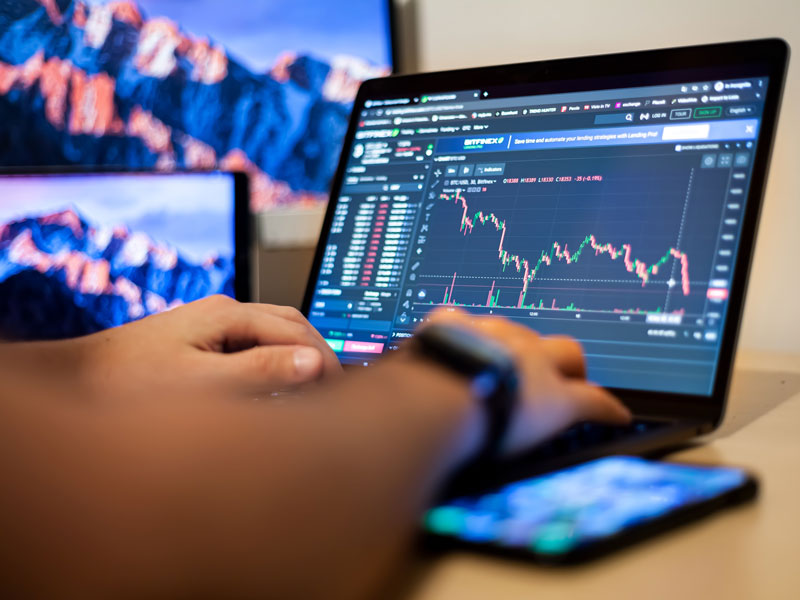
Learn Forex Trading Step by Step: A Complete Guide for Beginners
If you’re interested in diving into the world of Forex trading, you’re in the right place! This guide will introduce you to the fundamental concepts of Forex and provide you with a structured approach to learning the intricacies of trading. Here, you will also find a link to learn forex trading step by step Best Vietnamese Brokers to help you get started on the right side of the market.
What is Forex Trading?
Forex trading, also known as foreign exchange or currency trading, involves exchanging one currency for another, aiming to profit from fluctuating exchange rates. Unlike stock trading, the Forex market operates 24 hours a day, five days a week, making it one of the most accessible and dynamic financial markets in the world.
Understanding Currency Pairs
In Forex trading, currencies are quoted in pairs. For example, in the currency pair EUR/USD, the Euro is the base currency, and the US Dollar is the quote currency. A trader buys a currency pair when they believe the base currency will strengthen against the quote currency, and sells it when they expect it to weaken.
It’s essential to familiarize yourself with the major currency pairs, such as EUR/USD, USD/JPY, and GBP/USD, as well as minor and exotic pairs that may offer unique trading opportunities.
Learning the Basics of Forex Trading
To become a successful Forex trader, you need to build a solid foundation. Here are the key concepts to grasp:
- Leverage: This allows traders to control a large position with a relatively small amount of capital. While leverage can amplify profits, it can also magnify losses, making risk management crucial.
- Spread: The difference between the buying (ask) price and the selling (bid) price of a currency pair. Understanding spreads helps you know the cost of your trades.
- Lot Size: Forex is traded in specific volumes known as lots. A standard lot represents 100,000 units of the base currency. Knowing how lot sizes affect your risk and reward is vital.
- Pips: A pip is the smallest price movement in a currency pair. Knowing how to calculate pips is crucial for measuring profit or loss.
Developing a Trading Strategy
Once you understand the basics, the next step is to develop a trading strategy that suits your style. Here are some popular strategies for beginners:
- Day Trading: Involves making multiple trades within a single day, closing all positions before the market closes to avoid overnight risk.
- Swing Trading: This strategy focuses on taking advantage of short to medium-term price movements. Trades can last from a few days to weeks.
- Scalping: A high-frequency trading strategy aiming for small profits from minor price changes. Scalpers need to have quick execution and tight spreads.
Implementing Risk Management

Effective risk management is crucial in Forex trading. Here’s how you can protect your capital:
- Set Stop-Loss Orders: These orders automatically close your position when a certain loss threshold is reached, minimizing your potential losses.
- Sizing Your Positions: Use a small portion of your capital for each trade to avoid significant losses. A common rule is risking no more than 1-2% of your account per trade.
- Diversification: Avoid putting all your capital in one trade or one currency pair. Diversifying your trades helps manage risk.
Choosing a Reputable Broker
Selecting the right Forex broker is paramount to your trading success. Look for a broker offering:
- Regulation: Ensure the broker is regulated by a reputable financial authority to guarantee the safety of your funds.
- Low Spreads and Commissions: Compare the costs associated with trading with different brokers to maximize your profitability.
- User-Friendly Platform: A good trading platform should be easy to navigate and offer the necessary tools for analysis.
Practicing with a Demo Account
Before diving into the live market, practice trading with a demo account. Most brokers offer demo accounts that simulate real trading conditions without risking real money. Use this opportunity to test your trading strategies, get comfortable with the trading platform, and improve your skills.
Staying Informed: Continuous Learning
The Forex market is constantly evolving, so staying informed and continuously learning is vital. Consider the following resources:
- Forex Courses: Enroll in online Forex courses to learn from experienced traders.
- Market News: Follow reputable financial news outlets to stay updated on global economic events that can impact currency prices.
- Trading Communities: Engage with Forex trading communities, forums, or social media groups to share ideas and gain insights from other traders.
Emotional Discipline in Trading
One of the hardest aspects of trading is managing emotions. Greed, fear, and impatience can lead to poor decision-making. Developing emotional discipline is essential for long-term success in Forex trading. Always stick to your trading plan and avoid impulsive decisions based on market fluctuations.
Conclusion
Learning Forex trading step by step requires dedication, patience, and a willingness to adapt. By understanding the basics, developing a solid trading strategy, managing risks, and continuously educating yourself, you can set yourself up for success in the Forex market. Remember to practice your skills, remain disciplined, and choose a reputable broker to help you navigate your trading journey. Start today, and watch your trading skills grow!
